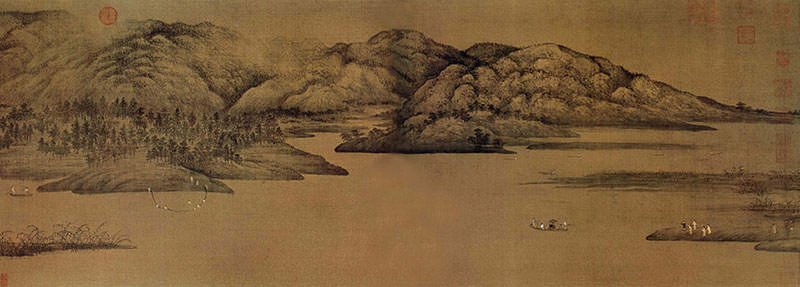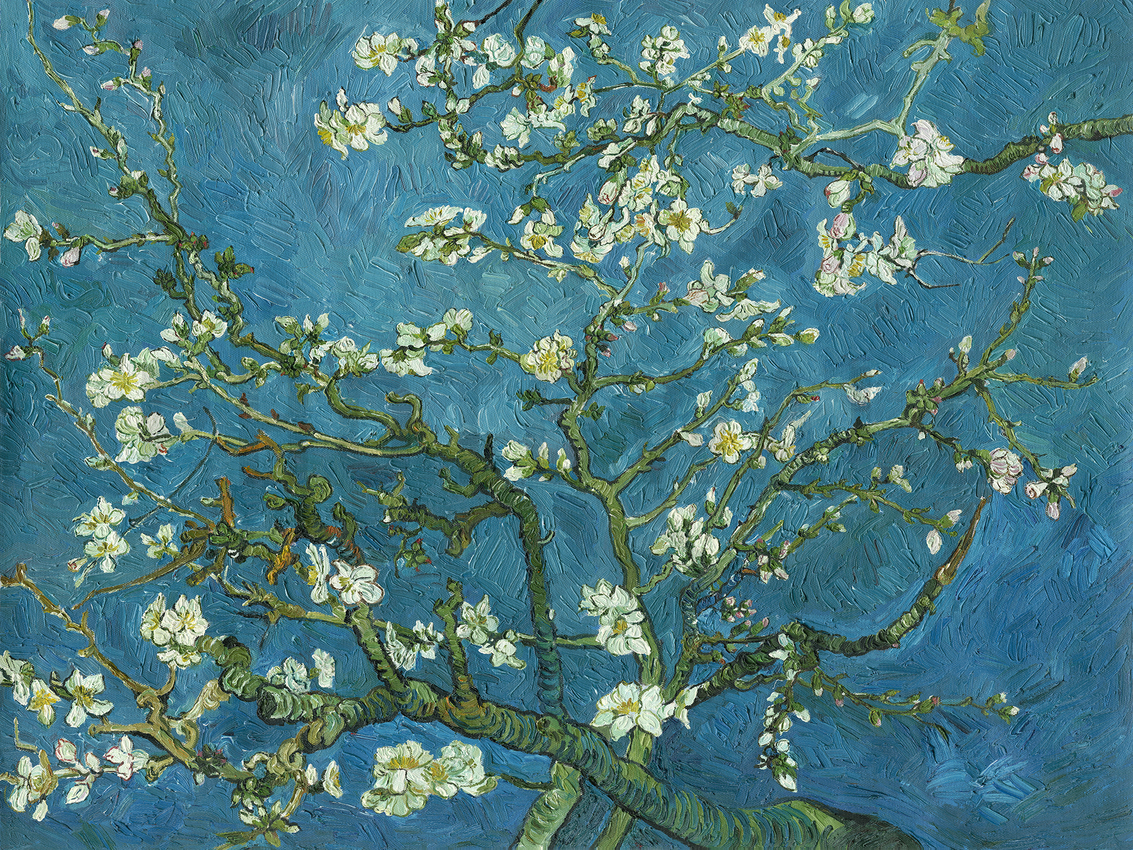
Xiao and Xiang Rivers by Dong Yuan, 10th Century
In his treatise The Rankings of Ancient Paintings, the Chinese artist Xie He (479-502 A.D.) lists six essential characteristics of good Chinese painting. His principles are very apt for effective writing.
The translation from Chinese is somewhat awkward, there is no completely meaningful literal translation:
- Spirit Resonance
- Bone Method
- Correspondence to the Object
- Suitability to Type
- Division and Planning
- Transmission by Copying
Here are my interpretations based on how I think it applies to writing, or what I would call the design of writing.
1. Spirit Resonance = Vitality & Rhythm
Why is it that some writing flows so well and other writing is dead in the water? The answer is often lack of vitality and poor rhythm. Vitality develops when the writer takes substantial content and develops effective sentence structure and word choice. Verbs inject vitality into writing. Verbs kick nouns in the butt, while adverbs squeal and adjectives try to keep up. The result is rhythm — the cumulative syllable stresses that produce a metric pattern in phrases, sentences and paragraphs. Like drumbeats, rhythm provides the undercurrent of sound that carries words along. The good writer listens to rhythm in the same way a composer does.

Almond Blossom, Van Gogh, C. 1890
2. Bone Method = Elemental Technique
He is referring to the elemental and sparing use of brush strokes to produce simple lines on a canvas, well before elaboration or coloring. The famous paintings of bamboo that evolved later are a good example. The skeletal brush strokes define the subject matter in a way that is at once forceful and subtle. Before his most famous colorful works, Van Gogh worked very intensely on his drawing. Especially for any instructional or explanatory writing, the bones must be sound. Good writing achieves a fundamental efficiency that produces the same effect. Do not rely on flowery adjectives or repetitious explanations. How simple can you make it?
3. Correspondence to the Object = Base Form on Subject
This is a fundamental design principle. A writer should choose a format that is the best fit for the subject matter.
4. Suitability to Type = Use the Correct Tone
The original reference here is the correct use of color. For me, coloring would be analogous to tone. Color in painting, and tone in writing, define the emotional framework for the subject matter. There is nothing more disastrous than inappropriate tone. Readers will have an immediate negative reaction to inappropriate tone. On the other hand, an effective tone produces receptivity. Tone should be a choice. Don’t be fooled into thinking that a pastel palette should always be used because it is easy to look at. Lincoln did not use a pastel palette in writing the Gettysburg Address, and if you are ever in that situation, neither should you. Color in accordance with the pictured matter.
5. Division and Planning = Composition
In painting, composition refers to the placement of subjects on a canvas. The positioning of subjects establishes relationships, emphasis, and meaning. For writing, there is no substitute for clear, effective composition. Composition boils down to the order of information. Compose so that information is in the right order, so that the reader can follow the development and understand the context of information. If you can’t achieve this with simple, linear presentation, you won’t be able to achieve this with variable navigation paths. Where has your reader been? Where are they going? If you just write and don’t compose, you will end up like a painter who always paints off the canvas.
6. Transmission by Copying = Imitating and Learning from Predecessors
There is no such thing as immaculate conception. Study the lives and works of Shakespeare, Leonardo, and Michelangelo and you will discover that their creative genius developed in environments with a rich cultural legacy that was their starting point. Great creative work is always the culmination of a body of collective knowledge. Maintain a healthy respect for the work of others and value the collaborative relationship.
